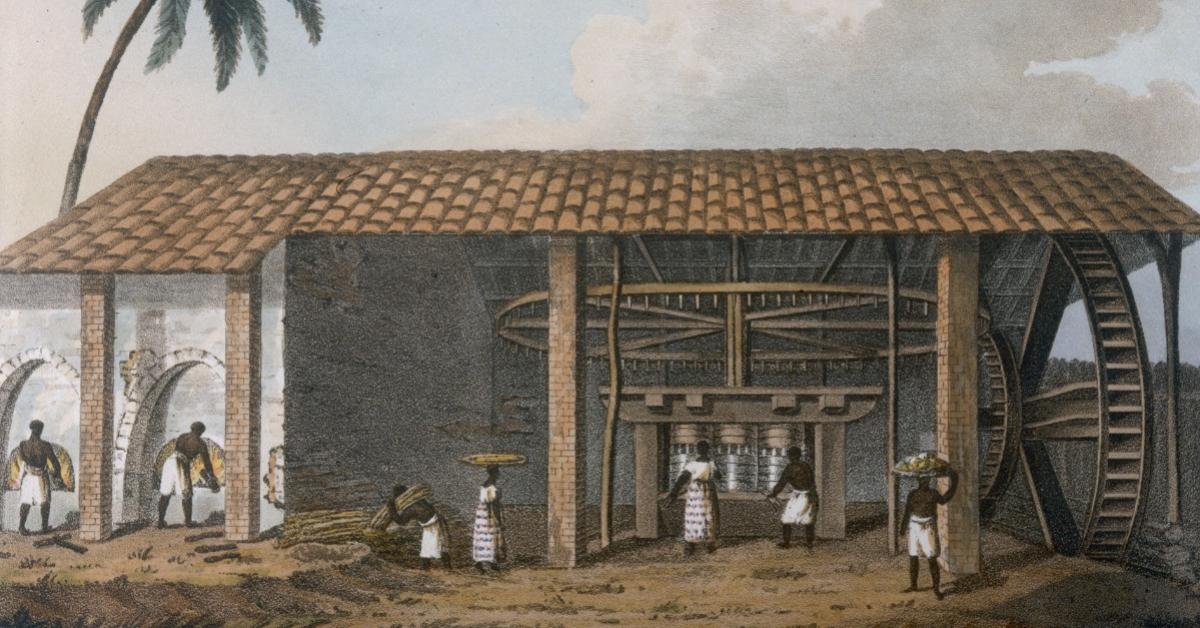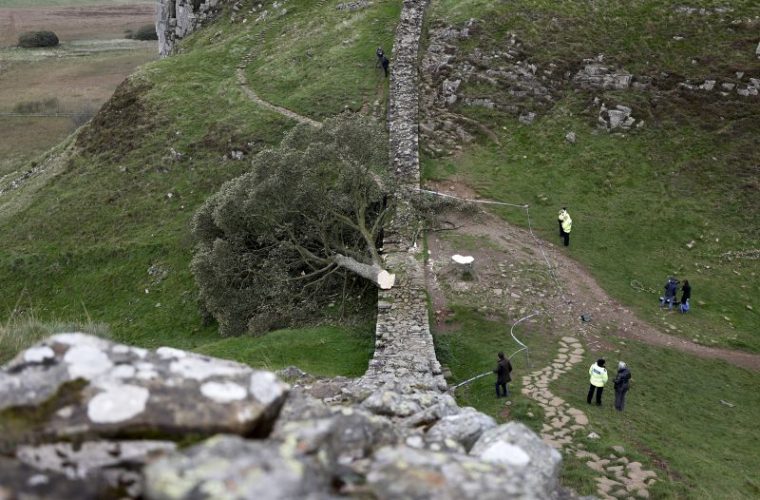
When Class Identity Overpowers Other Identities: Some Lessons from Slavery
The upswing in identity politics has cannibalized the media landscape in a relatively short time because it is fashionable to believe that social ties are built solely on racial and cultural solidarity. Notions of identity have become so ghettoized that non-Mexicans are upbraided for selling Mexican food. But despite the surging popularity of identity politics, history has shown that class often trumps the quest for racial and cultural solidarity.
Slave societies in the British West Indies and the US South were polarized by race; however, the urge to survive usually led blacks to collaborate with planters and poor whites. Although people are emotionally invested in race and culture, economic desires eclipse the thirst for cultural solidarity. Slave societies were excruciatingly hostile for blacks, especially when they were unfree, so many resorted to partnerships with white oppressors to evade the hostilities of slavery.
In the British West Indies, newly imported Africans were required to undergo a process of socialization known as “seasoning” to acclimatize them to the routines of plantation life. During this period, older slaves were chosen to impart relevant skills to newcomers, and to gain the respect of enslavers, these slaves would treat new slaves with contempt. Some were so domineering that estate managers feared that they would turn newcomers into their servants.
Slavery perpetuated a vicious cycle of abuse by engendering hierarchies that allowed slaves to oppress each other. Images of slaves being whipped by whites are firmly rooted in the public imagination, though many whippings were conducted by slave drivers. Slave drivers were responsible for maintaining the efficiency and discipline of slave gangs and often did so by exerting force. Consistent with his reputation, the slave driver was referred to as the “whipping man.”
Yet slaves frequently employed tactics to subvert the authority of slave drivers. Using collective power, slaves were quick to isolate slave drivers who sought to exploit the slave community. Slave drivers had an incentive to project superiority, but in many cases their success depended on cooperating with less elite slaves. It was not unusual for slaves to malign the reputation of slave drivers by spreading rumors that could cause planters to reduce their authority.
Because slave drivers were aware of the collective power of ordinary slaves, they had to temper their aggression. Others placated common slaves by offering them food and clothing, or even lobbying planters for better working conditions. The position of blacks on a plantation was insecure, so slave drivers had to tread carefully when dealing with slaves and planters.
In fact, insecurity was the primary reason why rebellious slaves collaborated with planters. The overseer Thomas Thistlewood was legendary for his barbarity, and the fear of experiencing his wrath made riotous slaves compliant servants. After the runaway Morris was whipped and coerced into wearing pothooks, he decided that cooperating with Thistlewood by tracking down runaways was a smarter option than resisting enslavement. Being an ally of Thistlewood created more opportunities to improve his level of material consumption and allowed him to avert punishment.
However, whereas some slaves cooperated with elite whites to ameliorate their circumstance, others formed partnerships with working-class whites to undermine the financial base of elite whites. Blacks and working-class whites both occupied an inferior status relative to elites. Elites viewed working-class whites as unproductive and beneath their dignity, so the class interests of blacks and working-class whites intersected.
Working together, black slaves and working-class whites frequently targeted the businesses of affluent whites. Cabinetmaker Isaac Morell was the victim of such an alliance on the night of February 5, 1838, when a white youth named Henry and a slave called George robbed his establishment. Elites were cognizant that associations between working-class whites and blacks had dire consequences, and as such they were unwilling to entertain their dalliances.
Associating with slaves proved to be financially rewarding for white shopkeepers as well. Shopkeepers could rely on slaves to provide goods that were difficult to obtain, and slaves were more than willing to engage petty traders. Shopkeepers were so devoted to trading with the enslaved that they flouted the law with impunity by opening businesses on Sundays to capitalize on the trade with slaves. Apparently, the desire to earn money can subjugate all other sentiments. These types of economic goals were pursued at the expense of racial solidarity.
Further, it’s time to dispel the sanitized narrative that slave communities were harmonious. Contrary to idealized versions of history, slave communities were marred by conflict, and violence in slave communities was frequently incited by incited by domestic disputes.
The example of Moll and Cobenna in Jamaica reveals how matters of intimacy can lead to dastardly acts. In this case, Cobenna had an affair, and Moll retaliated by beating the other woman and then committing suicide. Although, Cobenna moved on, history would repeat itself. His new mate, Rosanna, had an affair with a man named London, and Cobenna gave him “a good Thumping.”
Intermittent power struggles between young men and old men on plantations also led to conflict. Young men were unafraid to dispute the authority of slaves who were losing clout in old age. Conflict was often the result because older men were unlikely to cede authority to their younger peers. David Doddington in an essay on masculinity in the US South tells the tale of how a conflict triggered by a card game and intensified by intergenerational insults led Jim Gooch to murder his fellow slave named Sam.
Doddington describes the furor in detail:
Gooch was quarreling with another man before Sam, who was known to be “overbearing,” stepped in, telling his rival: “go sit down and behave yourself.” When Gooch retorted, Sam derisorily told him “I don’t like to see an old man like you going about and meddling with things of no account.” Gooch was unwilling to take the insult, and, tellingly, connected his actions to his manhood. According to one witness, Gooch informed his rival “he was a better man than he was” and that he was willing to use violence to prove this. Having stabbed Sam to death, Gooch was clearly a man of his word.
As these cases of cross-racial collaboration and intragroup violence document, people usually pursue their motives to the detriment of group solidarity. Identity politics might be popular in some circles, but it is becoming obvious that class interests trump the rhetoric of identity politics, and ordinary people are no longer quick to endorse ideological narratives that don’t align with their goals.




